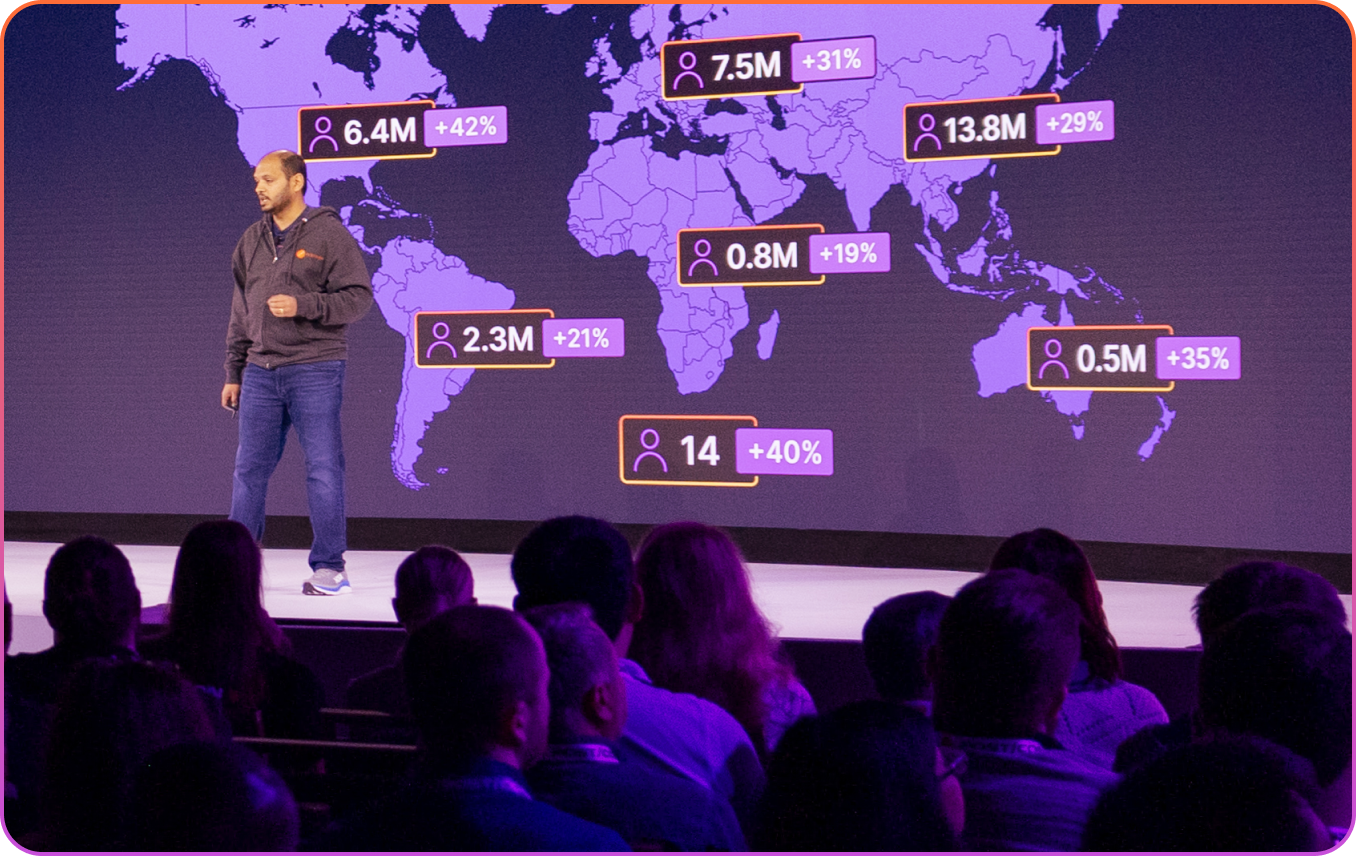Partner Workspaces reduced API activation time from 3 weeks to 5 days for Canopy
About
Loan management and servicing platform Canopy uses an API-first approach for its clients. Canopy's flexible infrastructure enables lenders to build and launch next-gen credit, debit, and lending products for both businesses and consumers. Loan management is being powered by personalization and innovation through Canopy's capabilities.
APIs are at the heart of Canopy's operations, having deployed the Postman API Platform from day one. APIs were first used to set up product templates and then were fully productized.
With Canopy, fintech companies provide services to a borrower for the lifecycle of a loan or credit card. APIs are used to onboard the borrower, and requests are made for every activity, from making payments to retrieving account information.
Canopy builds most of its APIs based on simulations for each client's use case. This results in standardized core workflows for the client's product. The workflow consists of API requests set up with lending product constructs for the relevant financial activities. The workflow facilitates integration tests that cover the end-to-end lifecycle usage of the product.
The product's core capabilities and user-facing elements are exposed via REST APIs. The Canopy platform runs underlying computations, provides state management, and powers the workflows that need to interact through the API.
Results
Partner Workspaces reduced API activation time from 3 weeks to 5 days
Shortened sales cycles due to higher customer engagement
Decreased onboarding time
Improvements in time to first call
The Challenge
Initially, Postman was used for building collections and general workflows. One of the early challenges was the nearly non-existent API documentation. Developers had to investigate the code to understand which API to hit. Sparse documentation existed in Google Sheets and Notion pages.
Internally, Postman was the go-to API platform for its collaboration capabilities and intuitive nature. The efficiency gains made through Postman expedited processes and facilitated seamless client interactions. It became clear that Postman should be used externally by clients to mirror the same benefits experienced internally.
Simultaneously, Canopy scaled operations with two new teams, Client Delivery and Sales Engineering. Postman was the solution to maximizing the teams ability to be a revenue-creating engine.
The Solution
By upgrading to the Postman Enterprise plan, Canopy deployed Partner Workspaces. With workspaces, Canopy could reduce the ambiguity clients experience in understanding the product. Client comprehension has been enhanced with the provision of API documentation using Postman.
Partner Workspaces addressed a key challenge: ensuring client outcomes matched expectations. With complex systems, it is critical that clients understand the product to ensure adherence to best practices, and any assumptions made by the Canopy teams are understood.
“Partner Workspaces are invaluable to Canopy. It's been an exciting time for us, as we are continually delighted by Postman, especially since moving to the Enterprise plan.”Anurag Angara, Head of Product, Canopy Servicing
Through workspaces, both Canopy and its clients are aligned in the same space. As clients innovate with context-specific features, Canopy can provide guidance to optimize products. The quality of product releases has been enhanced.
In workspaces, for example, a payment reversal workflow can be forked and a slight variation constructed. With Postman, all the scripts remain attached to the forked collection in the new workspace, where changes can be made for a different use case.
Clients are consistently adding new features and changing parameters for products. Forking collections allows clients to create a collection for each specific change.
Postman's pre-request and post-request scripts are used for testing and managing environment variables. Newman is being used to automate the testing of product simulations. With Postman, Canopy has new testing frameworks.
Postman is also used for QA spot checks, such as borrower lifecycle scenarios. For example, testing to see what happens with different balances or an old payment reversal.
Teams can now understand the API conceptually and contextualize different scenarios for each client. That, in turn, means high-quality code is incorporated into the code base and testing framework. The intuitive nature of Postman means that products meet the real needs of people.
For example, the Sales team can now create a realistic-looking product for prospects. They can also demonstrate use cases and showcase the product using the API.
The Outcome
Comprehensive API documentation, collections and workflows have expedited onboarding. There have been improvements in the time to first call, and a marked increase in the number of shared Partner Workspaces.
“Postman is a great platform that helps people interact with APIs in a way that makes sense. It has an intuitive approach to organizing API interactions.”Anurag Angara, Head of Product, Canopy Servicing
Additionally, Partner Workspaces have reduced API activation time from 3 weeks to around 5 days. Collaboration between both internal and external teams has improved dramatically.
Workspaces have saved time by preventing the duplication of work with changes seen in real-time by everyone. This is particularly important for a geographically distributed workforce as Canopy is a remote-first organization.
The testing regime that Postman has enabled means errors are caught earlier than before. Being able to catch mistakes quickly saves both time and money by getting things right the first time.
Engagement levels have improved significantly with higher levels of activity against the API due to over 300,000 calculated being validated every month. This is reflected in the corresponding client conversations, now anchored in a deeper understanding of the product. Consequently, the sales cycles have also been shortened due to higher customer engagement and knowledge.
Moving forward, the Canopy teams continue to explore Postman features to further optimize client products.
Contact Enterprise sales
Join these companies and more than 35 million developers who are already building, running, and distributing APIs with Postman.
Case studies
See a wide selection of detailed use cases from nearly every industry on the Postman case studies page.
